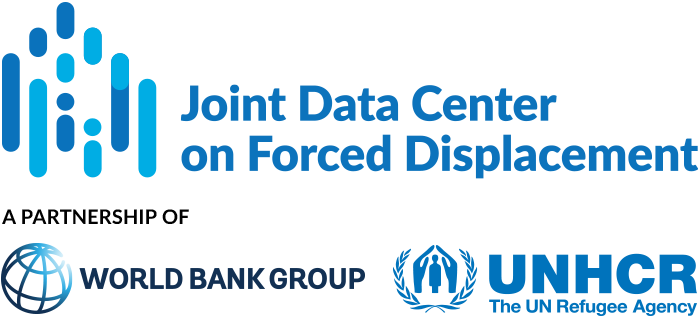This paper examines the impact of Venezuelan migration on the labor market outcomes of migrants and non-migrants in Colombia. Between 2014 and 2018, Colombia received approximately 1.2 million migrants from Venezuela, accounting for approximately 3.2 percent of the working-age population. A quarter of those immigrants were Colombian citizens who returned to the country due to the Venezuelan crisis. International migrants (not Colombian born) share a common history with Colombia and speak the same language.
JDC Literature Review
Refugee Inflow and Labor Market Outcomes in Brazil: Evidence from the Venezuelan Exodus
This article examines the effect of Venezuelan migrants on labor market outcomes in the Brazilian state of Roraima. Venezuelan migrants in Brazil are concentrated in Roraima state, which shares a border with Venezuela. As of 2018, 60,000 Venezuelans had relocated to Roraima, where they comprised 10 percent of the population of its capital city, Boa Vista.
Do legal restrictions affect refugees’ labor market and education outcomes? Evidence from harmonized data
This paper estimates the impact of refugee policies on labor and education outcomes in developing countries that host refugees.
Refugees and internally displaced persons in development planning: No- one left behind?
This paper documents the extent to which refugees and internally displaced persons (IDPs) are included in development planning and explores how inclusion can be strengthened.
Somali Refugees in Kenya: Increasing camp-urban mobility
This working paper examines the wellbeing and ‘displacement economies’ of Somali refugees living in protracted displacement in Kenya, comparing those living in camps to those living in urban areas. Kenya is home to approximately 280,000 Somali refugees, of whom 230,000 live in the Dadaab refugee camp complex in Garissa County, and around 24,000 living in the Eastleigh neighborhood of Nairobi. The research was conducted during the period when the 2006 Refugee Act, which enforced Kenya’s encampment policy, was still in effect. Kenya has since adopted a new Refugee Act in 2021 (which came into force in 2022) that provides for the establishment of ‘designated areas’ for refugees but does not explicitly contain an encampment requirement.
Refugee migration and the labour market: lessons from 40 years of post-arrival policies in Denmark
This paper examines the long-term effects of immigration and integration policies on refugees’ labor market outcomes in Denmark. The analysis is based on a review of 17 empirical studies. More than 155,000 individuals were granted protection in Denmark between 1984...
Development level of hosting areas and the impact of refugees on natives’ labor market outcomes in Turkey
This article examines how the impact of large inflows of Syrian refugees on natives’ labor market outcomes varies with the development level of hosting regions in Türkiye. Türkiye is the largest host of Syrian refugees, who number 3.6 million and account for 4.4...
Improving official statistics on stateless people: Challenges, solutions, and the road ahead
This article discusses the statistical challenges associated with improving data on statelessness and proposes a path towards the adoption of the International Recommendations on Statelessness Statistics (IROSS) in 2023.[1] Work on the IROSS was included under the...
Status of the stateless population in Thailand: How does stigma matter in their life?
This article examines the experience of stateless people in Thailand and how they overcome the problem of stigma. In 2020, there were 480,000 people in Thailand classified as stateless. They are individuals who migrated from neighboring countries and who settled...
Statelessness in Protracted Refugee Situations: Former Angolan and Rwandan Refugees in Zambia
This article discusses the risk of statelessness in protracted refugee situations, focusing on the case of former Angolan and Rwandan refugees in Zambia. The author argues that once refugee status is withdrawn through a cessation agreement, former refugees may find...


